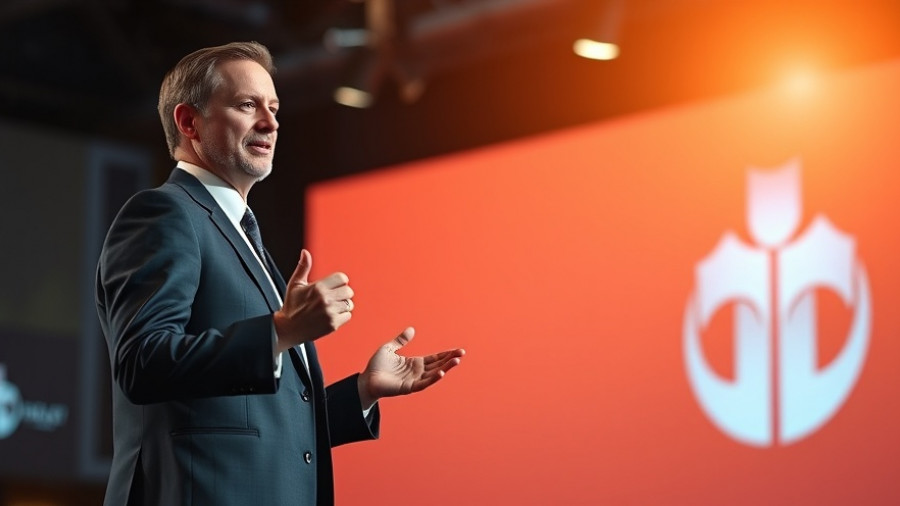
The Future of Drug Discovery is Here
Eli Lilly and Nvidia are teaming up to build what they are calling the "most powerful" supercomputer in the pharmaceutical industry. This partnership marks a significant move towards using artificial intelligence (AI) to revolutionize drug discovery and development.
Why This Matters
At its core, this initiative aims to speed up the process of getting new medicines into the hands of patients. Typically, it takes about 10 years from initially testing a drug on humans to finally launching it on the market. With advancements like this supercomputer, the timeline could shorten significantly. Diogo Rau, Eli Lilly's chief information officer, indicates that while it may take until 2030 to fully realize the benefits, the partnership opens up exciting possibilities for medical innovation.
Breaking New Ground with AI
The AI factory created through this collaboration will dramatically enhance how scientists approach drug development. With the supercomputer, researchers will be able to simulate millions of experiments far beyond what a human could do alone. This is not just about speeding up the process; it’s about discovering new types of drugs that we haven’t even thought of yet, making this a powerful tool in the hands of biologists.
Building a Collaborative Community
A notable facet of this endeavor is the Lilly TuneLab, an AI platform that allows smaller biotech companies to access advanced drug discovery tools. By sharing invaluable research data—estimated at a total worth of $1 billion—Eli Lilly is setting the stage for a collaborative environment where startups can innovate alongside giants.
What Lies Ahead
The partnership between Eli Lilly and Nvidia isn't just a step forward; it's a leap into uncharted territory for the pharmaceutical industry. While AI-driven drug development is still in its infancy, the groundwork laid by this supercomputer and AI factory might change everything we know about how we find new treatments.
 Add Row
Add Row  Add
Add 










Write A Comment